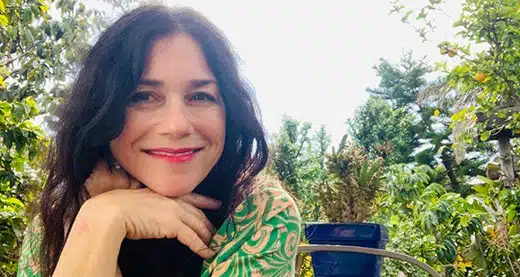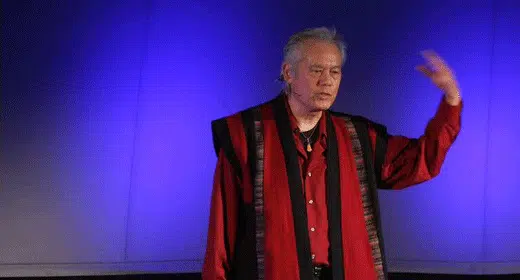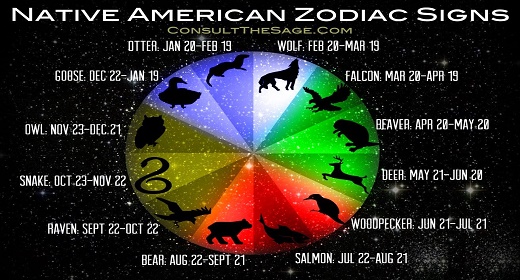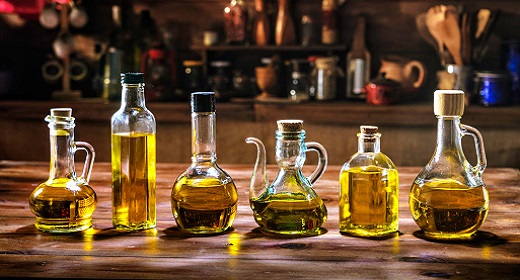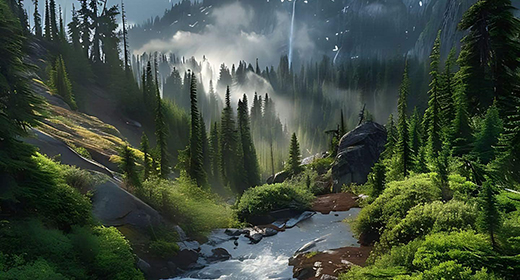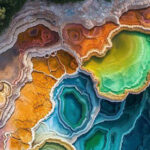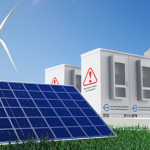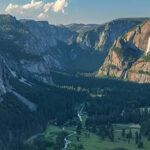by (Scientific American) Technological innovation and a deep conservation ethic have made Canada a destination for ocean industry leaders…
No nation has a connection to the sea quite like Canada. Its sprawling network of lakes and rivers contain the most fresh water of any country, ultimately spilling into three oceans and energizing the longest coastline in the world. With historic fisheries on both coasts, Canada has earned great fortunes and learned hard lessons from the sea. Saltwater crucibles of surging tides and storm-tossed vessels have born insight and industry. And when the Northern cod fishery collapsed in 1992 after decades of over-harvesting, it fueled a determination to better manage the ocean’s bounty.
The oceans are both challenged and changing, but today that bounty fuels a thriving innovation ecosystem that includes sectors working on, in and below the ocean’s surface. That innovation is attracting the world’s brightest minds in ocean sciences to host events in Canada.
In locales as far-flung as St. John’s, Halifax, and Victoria, sea-going industries, such as aquaculture, offshore oil and gas, fisheries, tourism and freight feed a blue economy that could double in size globally to US$3 trillion by the end of this decade, according to a recent report from the United Kingdom.
These and other scenic venues draw ocean industry leaders worldwide to view innovative ocean tech by day and enjoy the vibrant downtown destinations in the evening. To discover the lure—and to map the route to a new blue economy—we asked four Canadian ocean industry pioneers for their perspective on the sustainable use of the world’s oceans.
Kendra MacDonald, CEO, Canada’s Ocean Supercluster, St. John’s, Newfoundland and Labrador, a business-led public-private partnership that aims to drive innovation and create business opportunities.
To reduce the cost and risk of doing business in the ocean, we need to look across the various ocean sectors: shipping, offshore oil and gas, aquaculture, fisheries, renewables, tourism. What are the common types of challenges that these sectors are trying to address, and how do we work together to move forward?
Some say we know less about the ocean than we know about space. There’s a huge push with the United Nations Decade of Ocean Science for Sustainable Development (2021-2030) for getting the seabed fully mapped to have better information for decision-making. But digitizing the ocean is less invasive. Using autonomous vehicles, we can capture more precise information. All these things reduce pressure on the ocean.
We need to understand the risks of climate change, such as ocean acidification and sea-level rise. We can also focus on climate change, and the Arctic, where opportunity goes hand-in-hand with the challenge. How do we work together with Western knowledge and Inuit knowledge, and bring that knowledge into our data collection and our decision-making?
We are at a very interesting point in history, where we can really do more to balance the health and wealth of the ocean.
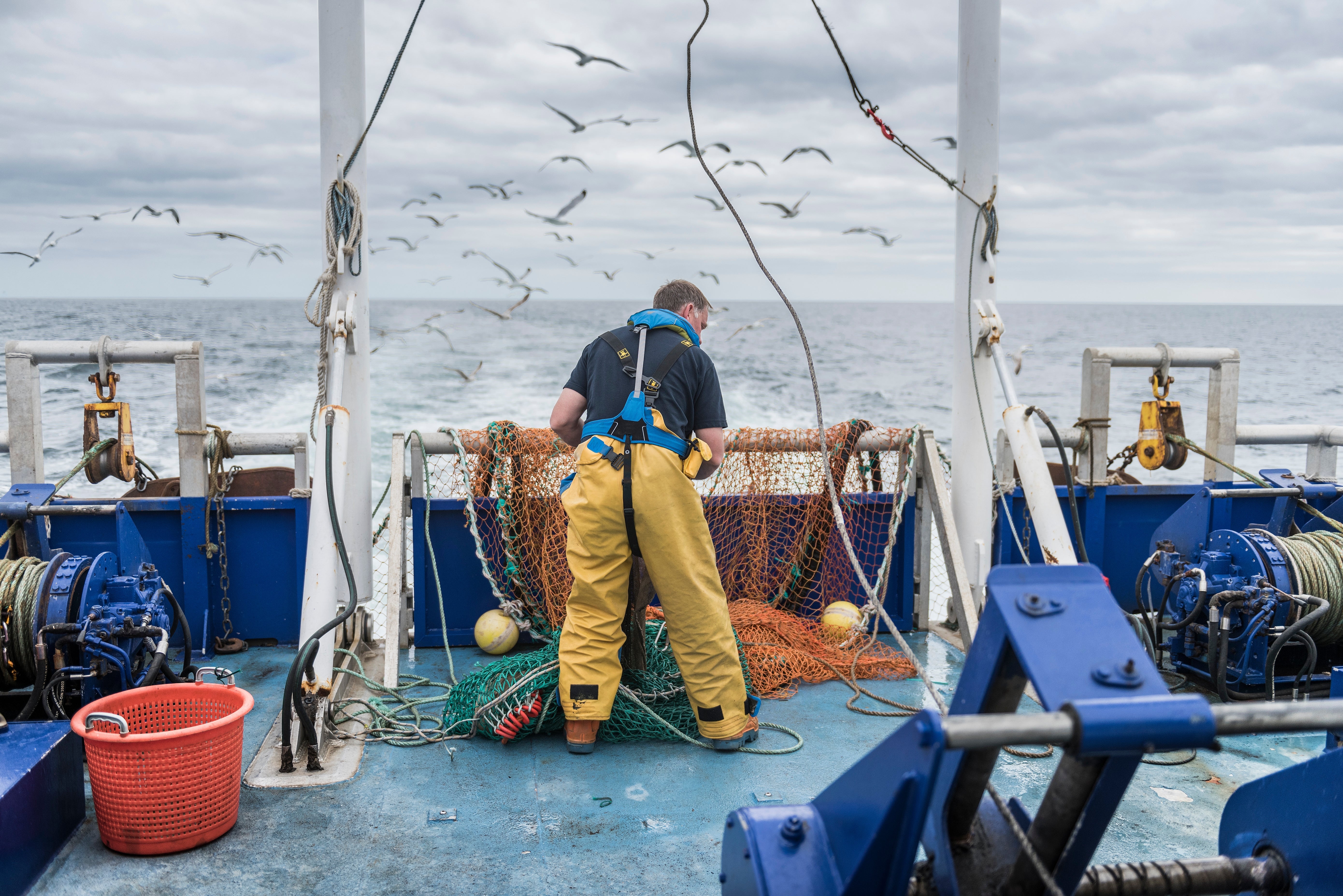
Fred Whoriskey, Executive Director, Ocean Tracking Network, Dalhousie University, Halifax, Nova Scotia
Ocean and space share something, in that we can only operate there if we have advanced technologies. The science community that I work with has all sorts of questions, which depend on the development of new technologies, new sensors, and new ways of doing things. We track the movements and survival of marine animals, feeding this information back into planning and management. This makes sure that as blue growth occurs, it’s not at the expense of existing economic activities or resources.
The ocean is changing very fast. Ocean temperatures are changing and the currents are changing. Animals need to go somewhere else to find food, and that is catching us by surprise. The sudden shift of the North Atlantic right whale, from its traditional feeding areas off Southern Nova Scotia and in the Bay of Fundy into the Gulf of St. Lawrence, led to more than 30 mortalities in the last three years. The whales found a different place to feed, but began tangling up with fishing gear and getting hit by ships.
My team and Kimberley Davies, an assistant professor of biological sciences at the University of New Brunswick, are using autonomous marine vehicles to transmit right whale locations in near real time to decide on conservation measures. They’re altering shipping and fishing activities to provide this protection.
William Collins, Chairman, Cascadia Seaweed, Sidney, British Columbia
The World Bank suggests that 10% of the world’s food could eventually come from seaweed. Off the coast of British Columbia, there are at least 630 seaweed species. With no genetic modification, we can find natural species that have a higher tolerance for temperature. We’re currently growing sugar kelp, winged kelp, dulse, and sieve kelp. We’re cultivating new stands of seaweed without introducing any new species.
Seaweed can be part of integrated, ecosystem-like aquaculture. It sequesters carbon. Seaweed falls off, becomes carbon in the sediment, and ends up in the deep ocean. In areas where poor land-use practices have taken place, seaweed can take up excess nutrients, so it acts as a biofilter.
If you grow seaweed near shellfish and finfish farms, you can mitigate some of the problems of strict monocultures, such as parasites and disease. Not only would we feed people, we’d also make the oceans better.
We’re producing food that has less impact on our climate and is a great natural source of high nutrition, including protein and micronutrients. Given the movement towards alternative and particularly plant-based protein, there is no doubt in our minds that in North America it will find its niche.
Cathy Hogan, Executive Director, OceansAdvance Inc., St. John’s, Newfoundland and Labrador
When the cod fishery collapsed, some Newfoundlanders, mostly engineering students, decided that we needed more of a future than fisheries.
One thing that we discovered is that in order to survive in the North Atlantic, it takes a different type of product or service, because it is a very harsh environment. All oceans are rough, but where the Gulf Stream meets the Labrador current, times can get particularly tough. Our research has been in response to the harsh environment.
We have two of only five full-motion ship’s bridge simulators in the world. It’s like flight simulation, adapted to the ocean, and give a true experience for what it’s like to be out at sea. We have the world’s largest flume tank, where they do testing for nets and sensors. We have the longest ice tank, and a 200-meter tank for offshore engineering.
As the ocean technology cluster for Newfoundland and Labrador, it’s our job at OceansAdvance to bring together our members from research and from industry, and to marry them off, or at least get them speed dating.
OCEANS OF OPPORTUNITY
Great port cities have always been more than fish markets and commodities exchanges — they birth ideas and world-changing innovation. With its deep maritime history, collaborative culture, and technical prowess across maritime sectors, Canada is poised to help lead sustainable ocean development around the world. Explore these opportunities to accelerate blue growth: The World Aquaculture Society convenes in St. John’s, Newfoundland in late September of 2021. Canada’s premier ocean technology exhibition, the H2O: Home to Overseas Conference, will meet in Halifax, Nova Scotia, from June 8-10, 2021, and offers an opportunity to explore entry into Canadian markets. And in the autumn of 2024, OCEANS’24 conference jointly hosted by the IEEE Oceanic Engineering Society and the Marine Technology Society will return to Halifax, Nova Scotia.



